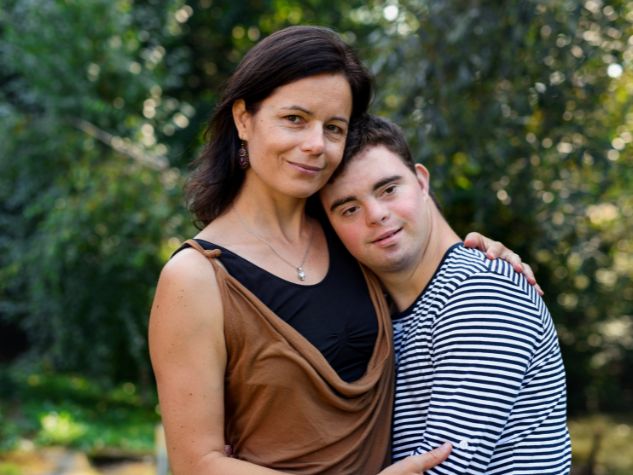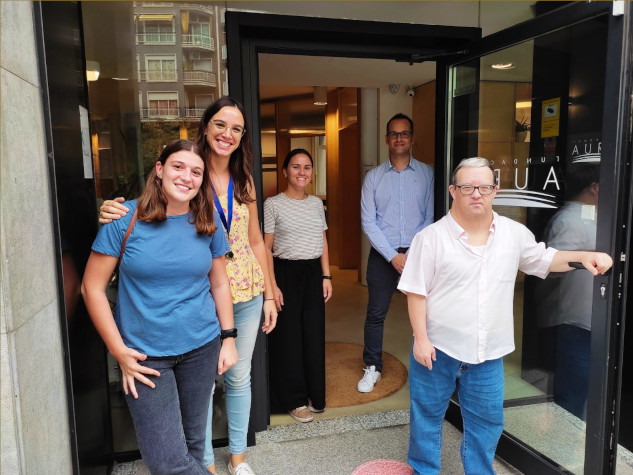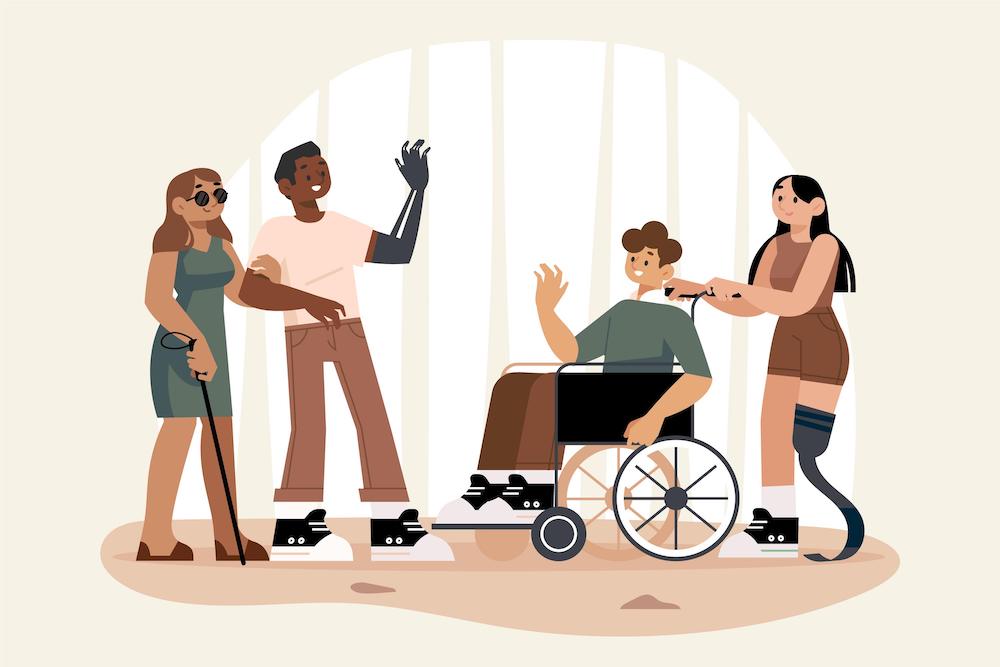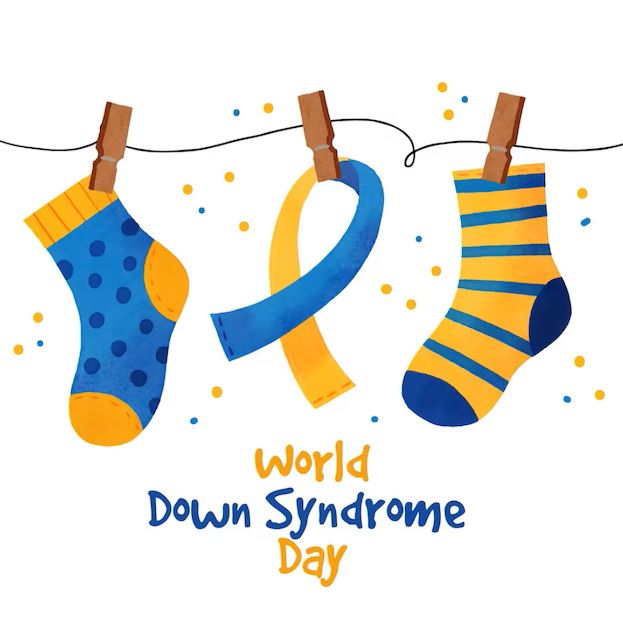Social media has transformed the way we communicate and connect in the modern world. For many, these platforms are an excellent way to share moments, make friends, and stay informed. However, like in any area of life, using social media comes with risks and precautions, and it’s important for individuals with Down syndrome to be especially mindful of these.
Individuals with Down syndrome are valuable and unique individuals who deserve to enjoy social media in a safe and positive way. Here, we will discuss the risks they may face and the precautions they should take, along with guidelines to make social media an enriching and safe experience for them.
Risks
- Cyberbullying and Harassment: Cyberbullying can be a problem on social media for anyone, and individuals with Down syndrome are no exception. They may be targets of offensive comments, teasing, or even threats.
- Sharing Personal Information: Individuals with Down syndrome may have difficulty fully understanding the importance of not sharing personal information, such as addresses, phone numbers, or school details, with strangers online.
- Misunderstandings and Effective Communication: Due to potential communication challenges, individuals with Down syndrome may be misunderstood online. They may also struggle to grasp the nuances of certain interactions.
- Exclusion or Abuse by Other Users: It’s regrettable, but individuals with Down syndrome may face exclusion or abuse from other users on social media due to their disability.
Precautions and Tips for Safe Social Media Use
- Privacy Settings: Assist individuals with Down syndrome in configuring their social media profiles with the highest privacy restrictions. This will enable them to control who can view their content and contact them.
- Sharing Personal Information: Teach the importance of not sharing personal information online. Explain that they should not give out their address, phone number, or other sensitive information to people they don’t know in real life.
- Cyberbullying Awareness: Have conversations about cyberbullying and how to recognize it. Encourage them to talk to you if they experience anything negative online and not to respond to provocations.
- Open Communication: Promote open communication with your loved ones with Down syndrome. Encourage them to talk to you if they have questions or concerns about their online activity.
- Communication Skills Teaching: Offer support in developing communication skills. They can practice expressing their thoughts and emotions clearly and respectfully.
- Supervision and Accompaniment: If possible, supervise their online activities or accompany them in the process. You can help them understand the content they see and the interactions they have.
- Online Respect Awareness: Teach them about the importance of respect and empathy online. Explain that people on social media are real, with feelings and emotions.
Useful Tools and Resources
- Parental Controls: Social media platforms and mobile devices offer parental control options that can help monitor and limit access to certain functions.
- Adapted Communication Apps: There are communication apps specifically designed for individuals with disabilities, such as Down syndrome. These apps can facilitate online communication.
- Online Safety Courses: Consider enrolling the individual with Down syndrome in an online safety course. These courses teach them how to recognize risks and make safe decisions.
Benefits of Social Media for Individuals with Down Syndrome
Despite the risks, social media can be extremely beneficial for individuals with Down syndrome. Some of the benefits include:
- Social Connections: Social media can help individuals with Down syndrome establish and maintain social relationships, which can improve their emotional well-being.
- Communication Skills Development: Using social media platforms can contribute to the development of written communication skills and practice in social interactions.
- Access to Educational Resources: Social media can provide access to educational resources and online activities that can benefit learning and skill development.
- Community Engagement: Individuals with Down syndrome can participate in online groups and communities related to their interests and passions.
- Self-Expression and Creativity: Social media can offer opportunities for self-expression and creativity through sharing content such as art, music, or writing.
In conclusion, the use of social media by individuals with Down syndrome can be positive, but it’s important to address the risks and take precautions to ensure a safe and enriching experience. Education, open communication, and support are essential to make the most of social media while minimizing risks. With the right guidance, social media can be a valuable tool for inclusion and participation in the digital society.

















